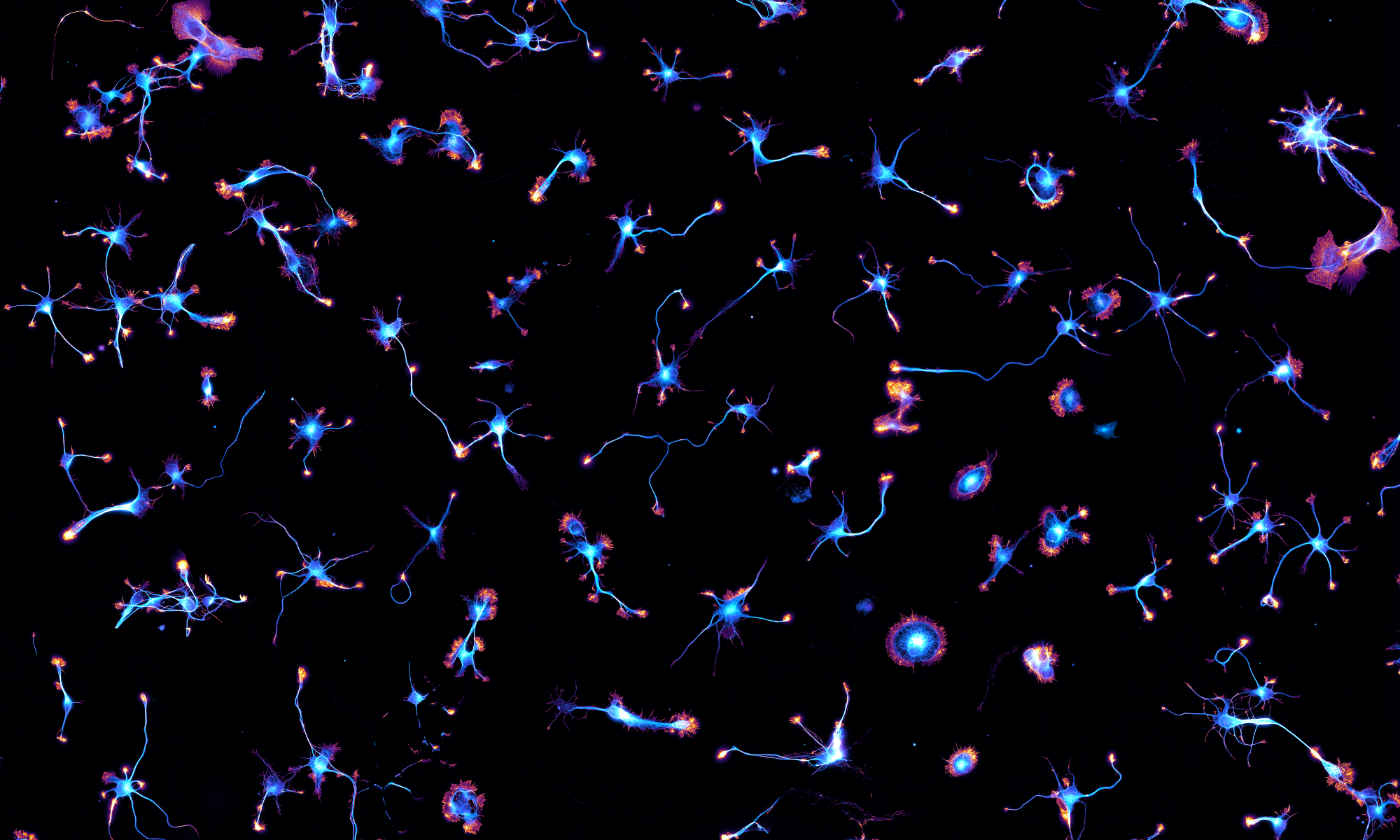 Our article with the Henriques and Mercer labs is now out in Nature Methods. Previously posted on bioRxiv, it proposes a new metric to measure the quality of super-resolution images called NanoJ-SQUIRREL (Super-resolution Quantitative Image Rating and Reporting of Error Locations). Simply put, it compares the image to a reference diffraction-limited image, allowing to detect artefacts and missing features in the super-resolved image.
Our article with the Henriques and Mercer labs is now out in Nature Methods. Previously posted on bioRxiv, it proposes a new metric to measure the quality of super-resolution images called NanoJ-SQUIRREL (Super-resolution Quantitative Image Rating and Reporting of Error Locations). Simply put, it compares the image to a reference diffraction-limited image, allowing to detect artefacts and missing features in the super-resolved image.

We used SQUIRREL to determine when to stop a STORM acquisition, showing that the longest acquisition was not always the best. In this case of imaging actin rings along axons labeled with phalloïdin, the quality of the STORM image as measured by SQUIRREL peaks after 30,000 frames and slightly drops when reaching 60,000 frames:

Another application of SQUIRREL is to optimize a DNA-PAINT experiment. In DNA-PAINT imaging, the density of the blinking events can be tuned by varying the concentration of the imager strand. We imaged clathrin-coated pits in a glial cell and the blinking sequence were processed with different algorithms. Each algorithm had a specific optimal blinking density (and thus imager strand concentration): SRRF was better with a denser blinking sequence, while pure localization algorithms such as MLE or CoM require a sparser acquisition sequence:

There are a lot more applications in the paper and its hefty supplementary file, go check it! Then try it thanks to the easy to use, open-source plugin for the ImageJ/Fiji plugin software.
Finally, this project is a striking example of open science in action. I (Christophe) met and started to collaborate with Ricardo and Jason on Twitter; the manuscript was posted on bioRxiv, where it got feedback from beta-testers and caught the attention of editors, before being accepted for publication six months later. Congrats to Siân, David, Caron, Pedro, and everyone!



















